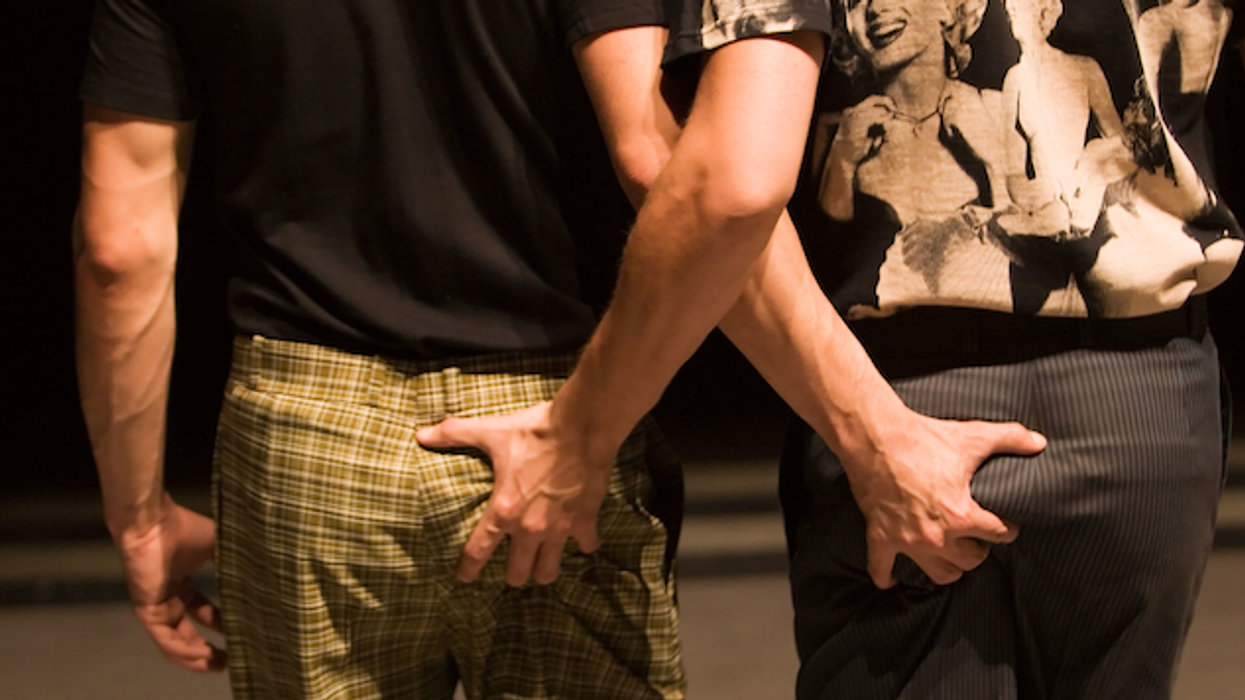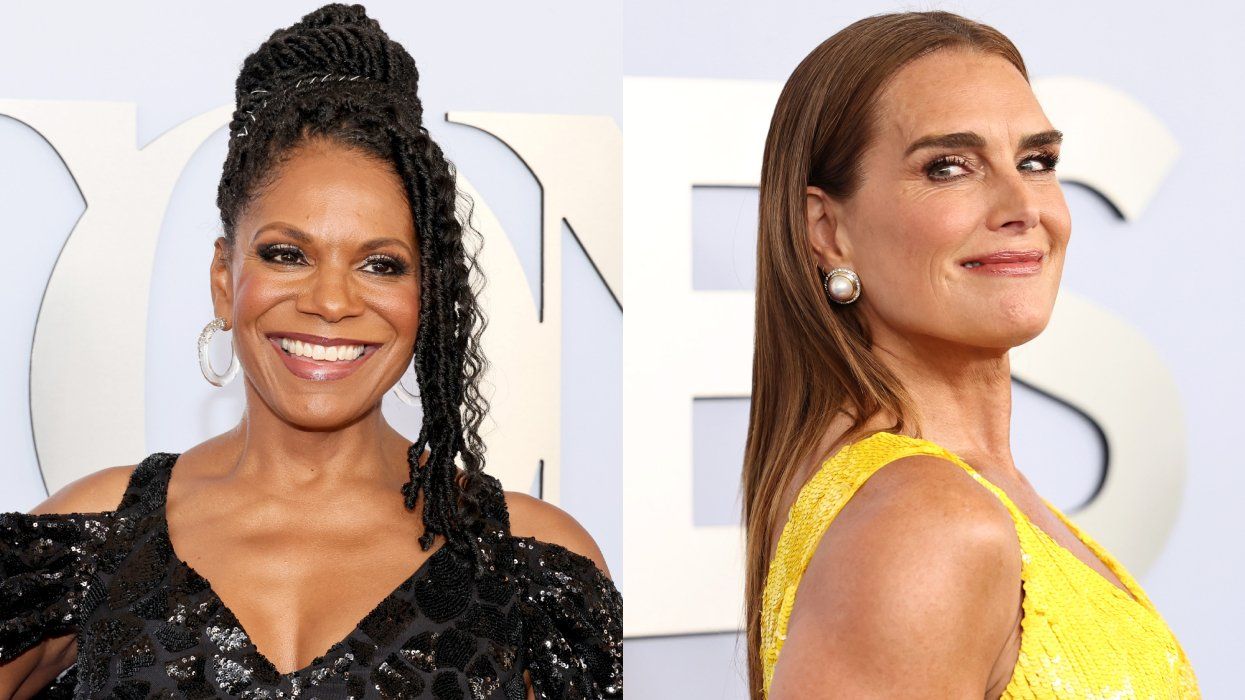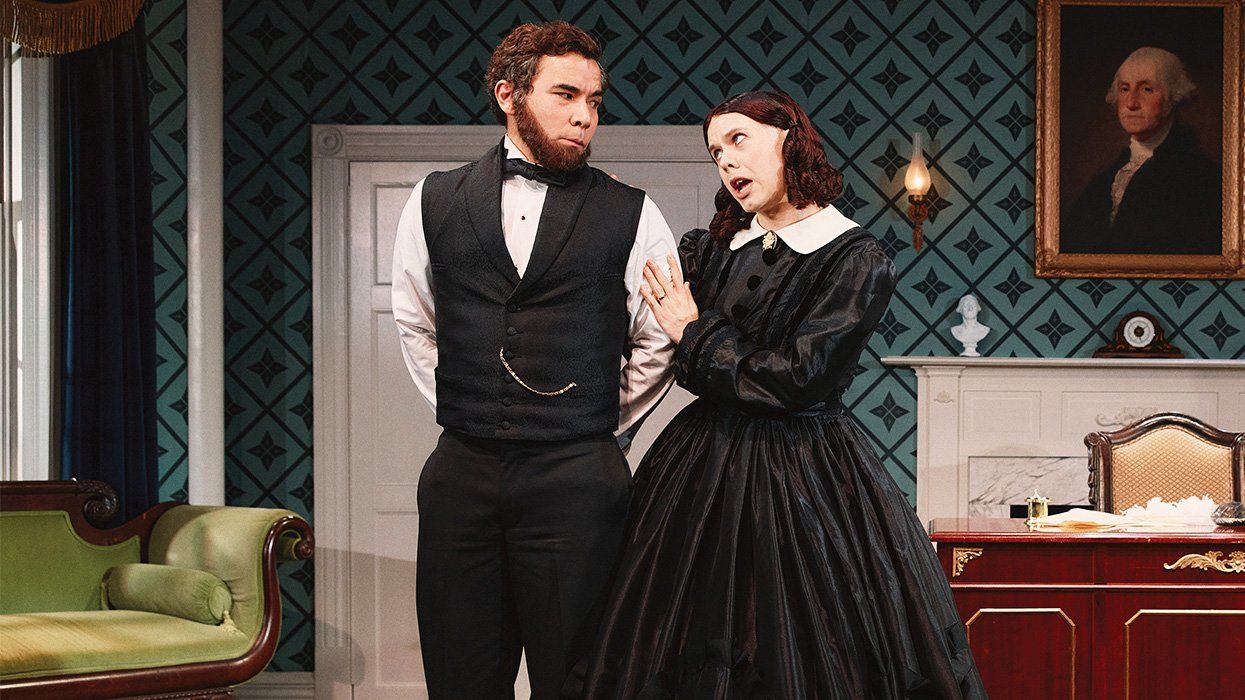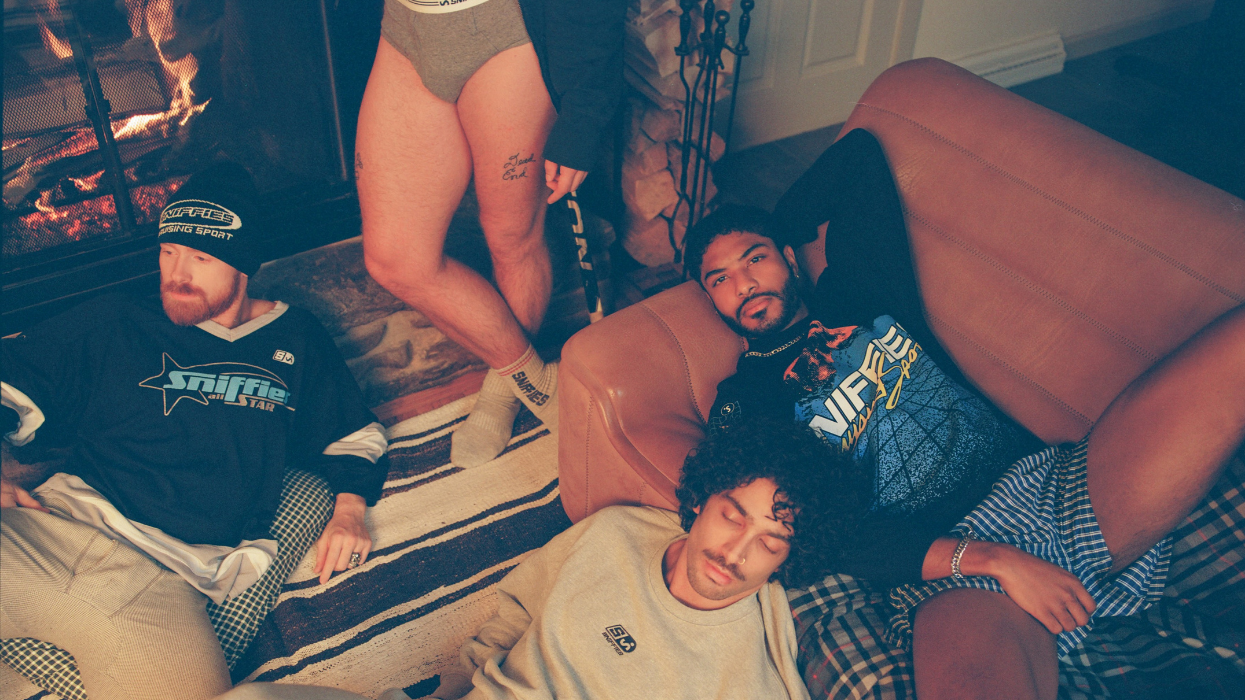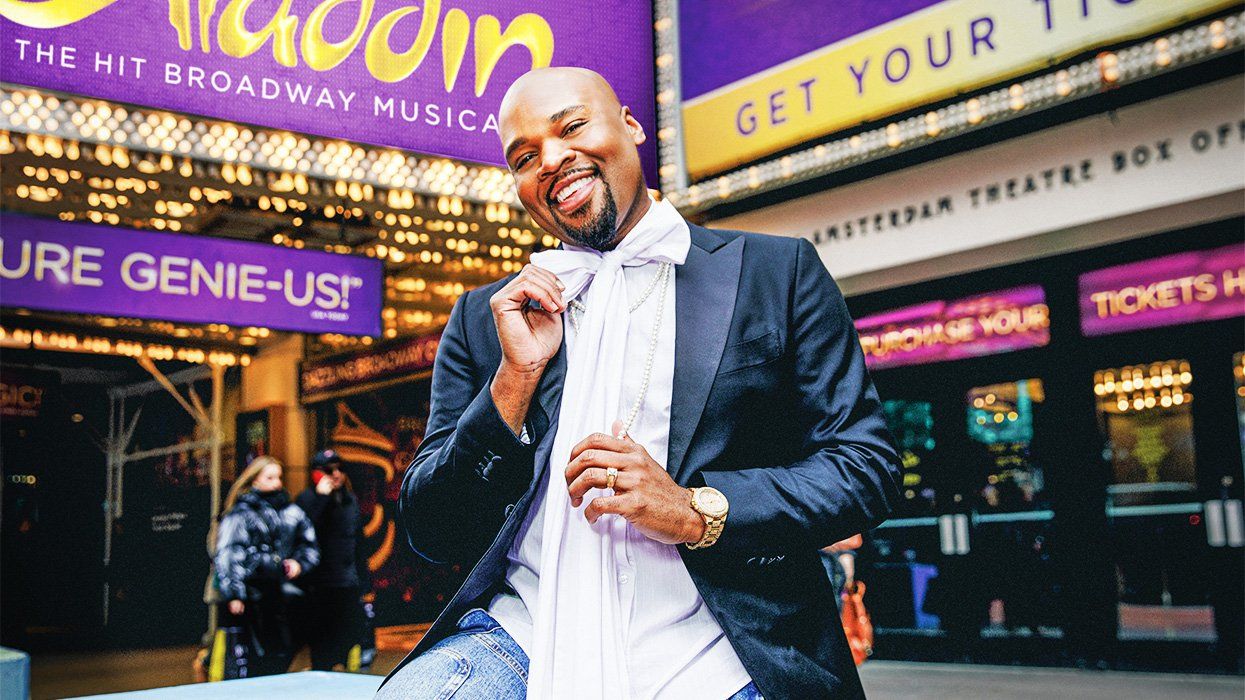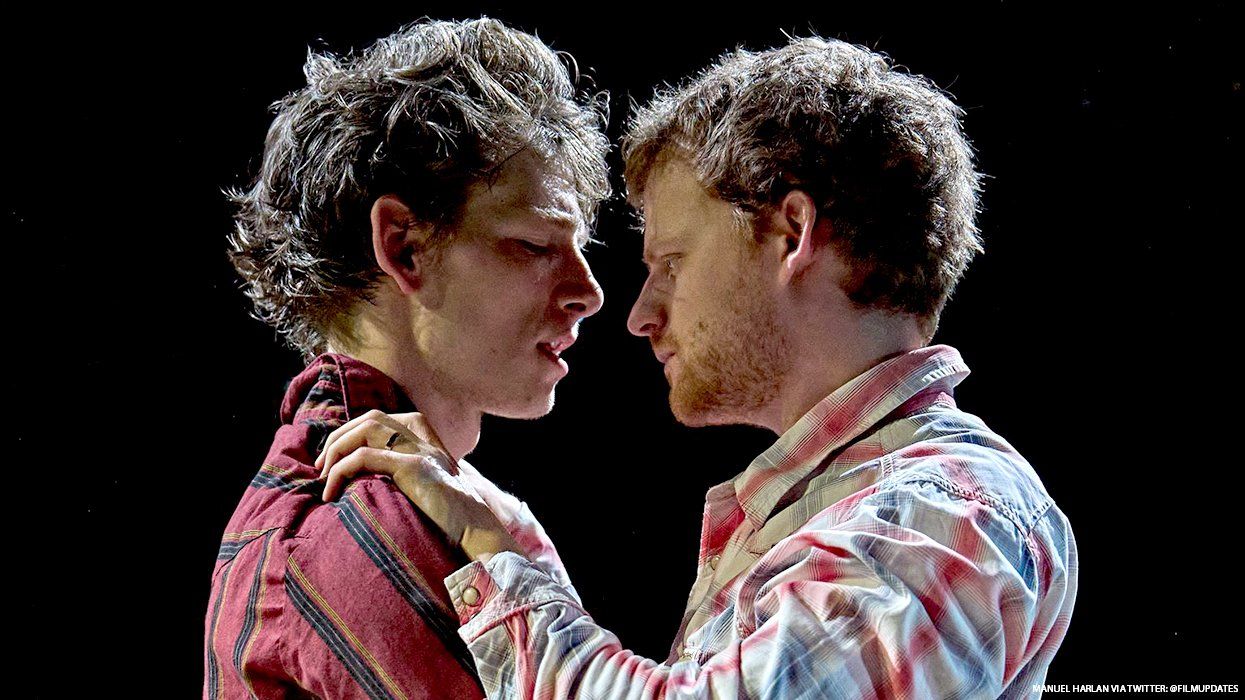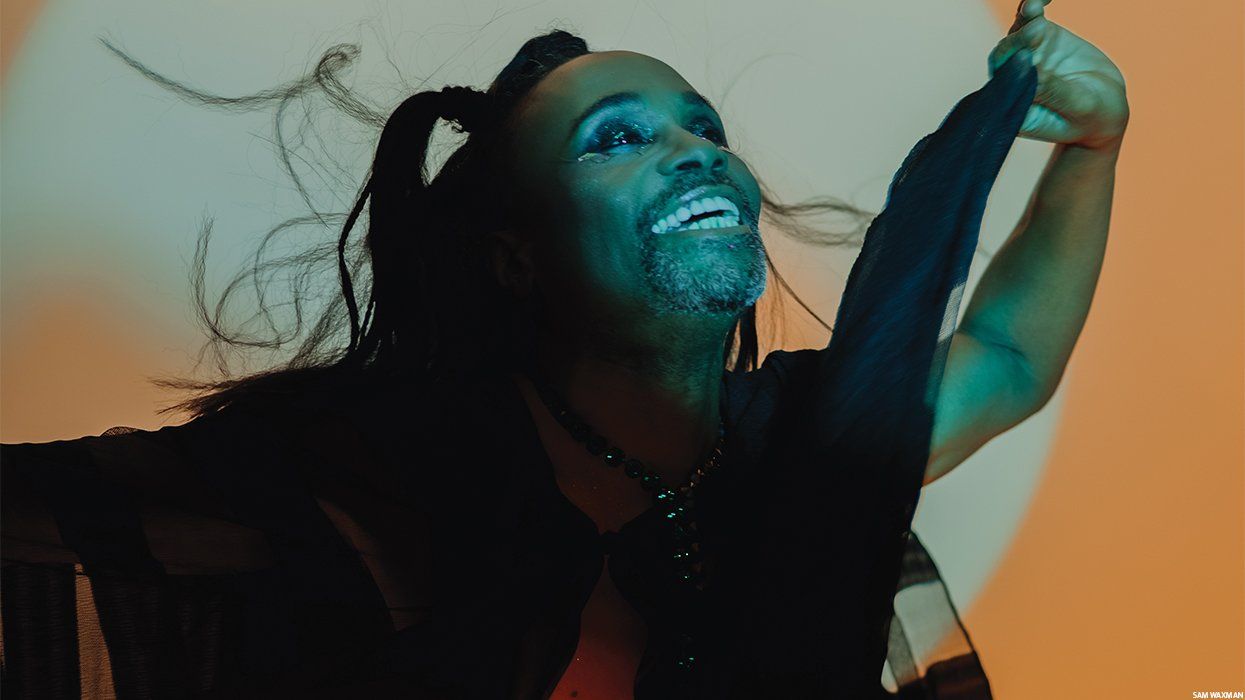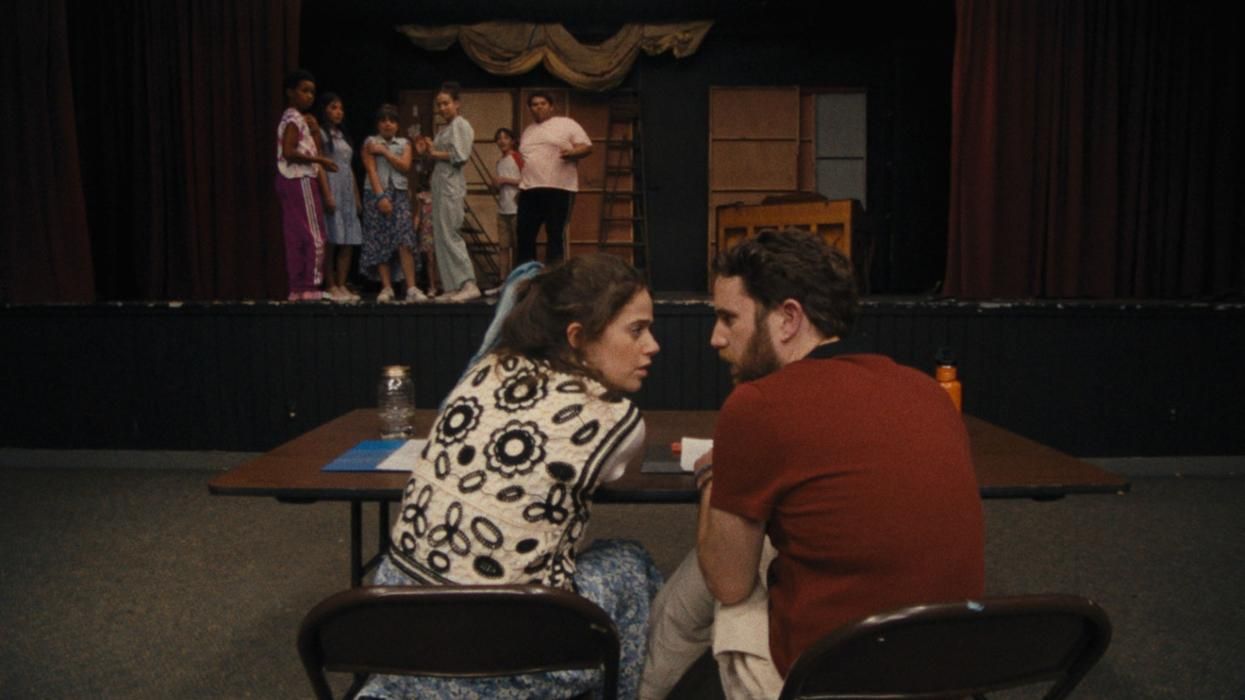'Dolores' by Mimulus Companhia de Danca | Photo by Guto Muniz
After a buttoned-up Olympics in Sochi, it's time to strip down for the pre-Lent binge that is Carnival. (Besides, the world needs a breather before athletic fever ramps up again with the World Cup, beginning this June in Brazil.)
Perhaps as something of a palate cleanser, as well as a Brazilian cultural primer and a satellite Carnival celebration (the debauchery begins this week), the Joyce Theater, that iconic art-deco dance house in the heart of Chelsea in New York City, presents a festival of Brazilian dance featuring four companies over three weeks that reflect the country's stylistic diversity.
The Joyce has highlighted dance from other regions in the past (last year's festival featured the Nordic countries), but this year's Brazilian focus was inspired by a trip that Martin Wechsler, the Joyce's director of programming, took to Rio de Janeiro in 2012 for a showcase of over 20 dance companies from across the country.
"I was impressed by the quality and breadth of their art," he told Out. "I thought they had unique artistic vision and voice and style. New York audiences should have the opportunity to experience that firsthand."
The festival launches this week with Mimulus Companhia de Danca (February 26 - March 1), making its Joyce debut with Dolores, inspired by the work of Spanish director Pedro Almodovar and set to music from his films. Though choreographer Jomar Mesquita doesn't transplant particular characters or plots from screen to stage, he captures, as Wechsler put it, the "whimsical quality" of Almodovar's hyper-emotional world, "from kitsch to melodramatic," with all the sexy/creepy/emotional stuff in-between.
Next week brings Companhia Urbana de Danca (March 3-6) in a co-presentation with 651 ARTS, a Brooklyn-based organization that champions contemporary art and culture of the African Diaspora. The company is comprised of dancers from the favelas of Rio De Janeiro (poor urban enclaves or, for a lack of a better word, the slums) and the work--a mix of hip-hop, b-boying and contemporary dance--reflects the grit, camaraderie, rhythm, and raw energy of their daily lives.
Focus Cia de Danca (March 8-10) arrives next with a program inspired by the half-century career of legendary Brazilian singer/songwriter Roberto Carlos, nicknamed the Brazilian Elvis Presley. If the previous week highlights the creativity and dynamism at the bottom of Brazil's socioeconomic spectrum, this glossy program counters with a lighter celebration of Brazilian popular culture, through Carlos' love songs.
The festival concludes with a return engagement by DanceBrazil (March 12-16), an annual guest of the Joyce for the past several years. The company blends Brazilian traditions and motifs, like mystical games and references to specific regions, with smooth and stealthy capoeira, the Brazilian martial art that is part dance, part acrobatics.
"Some of their work is character and story driven, some abstract and entertaining," said Wechsler, adding that "the capoeira is incredible to watch."
If it sounds like there's very little stylistic or thematic overlap among the four companies, that's exactly the point. What emerges is a national portrait in which there is no one aesthetic or point of view. "I selected them because they're very different from each other," said Wechsler. "What I wanted to show was the diversity of dance that's being created in Brazil today."
Watch a preview clip below:


